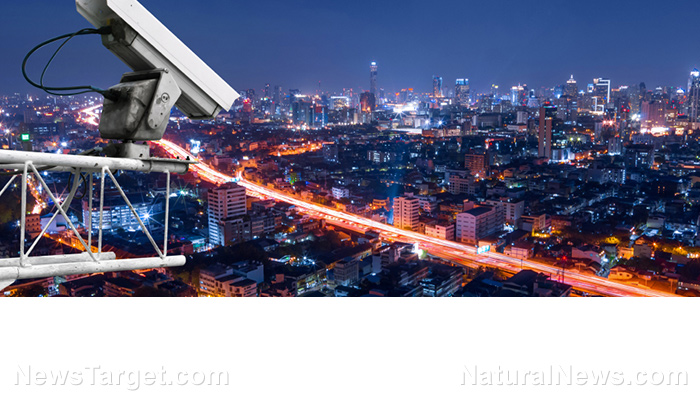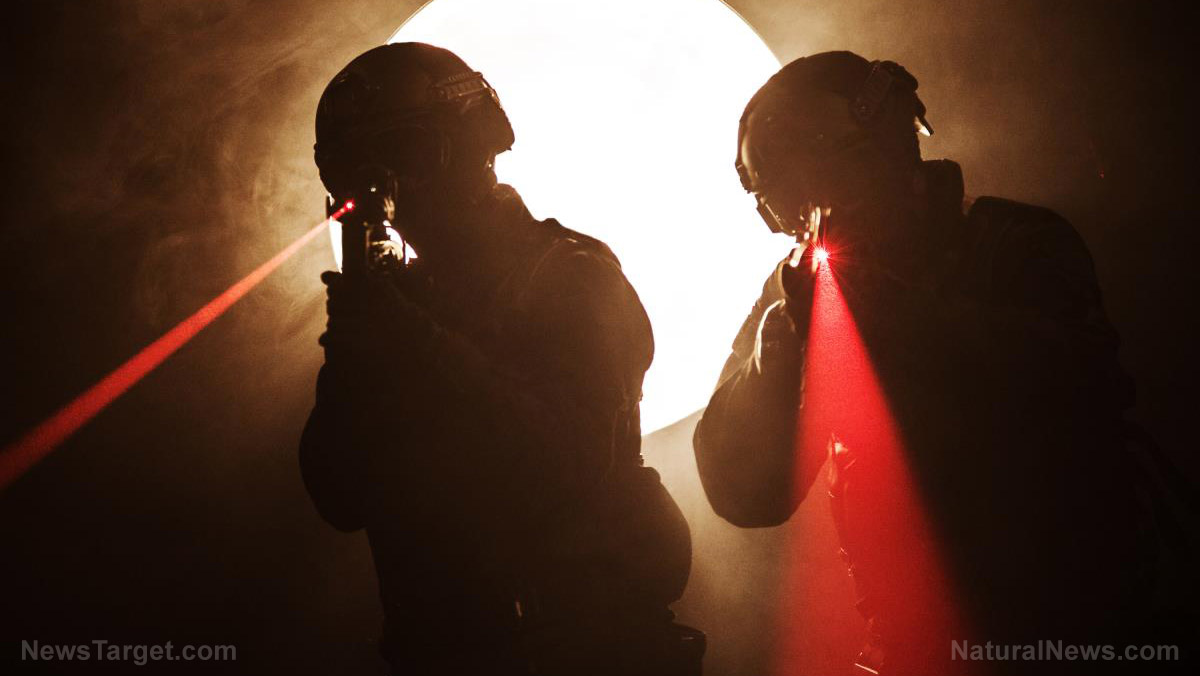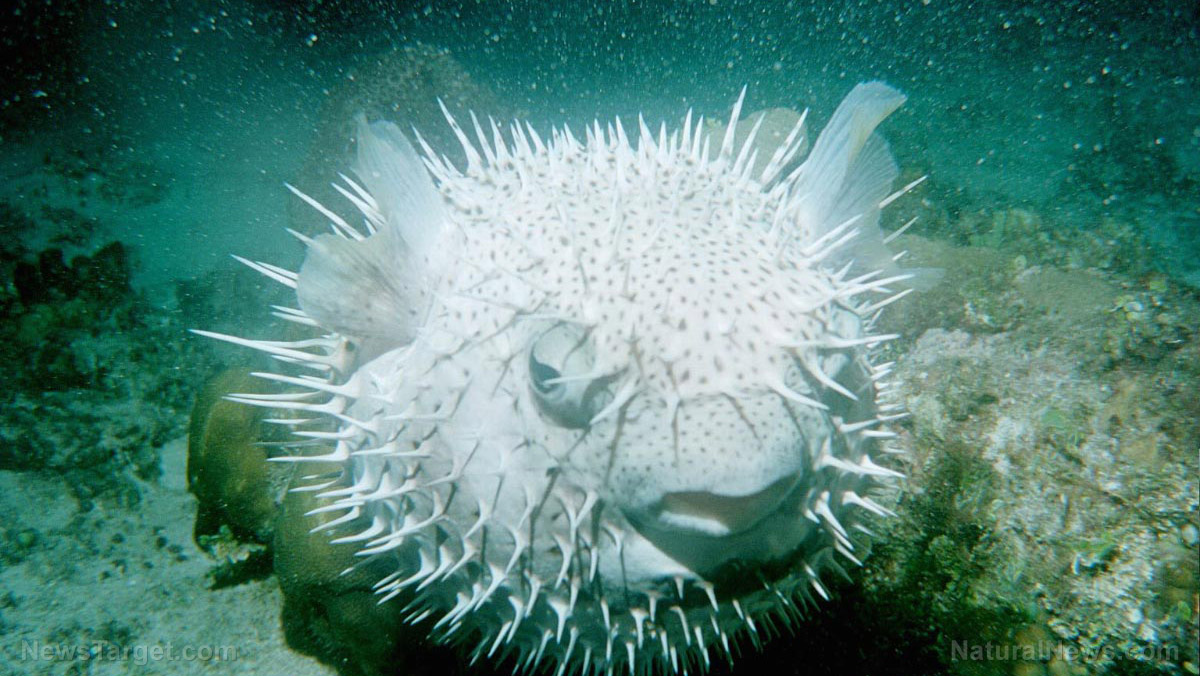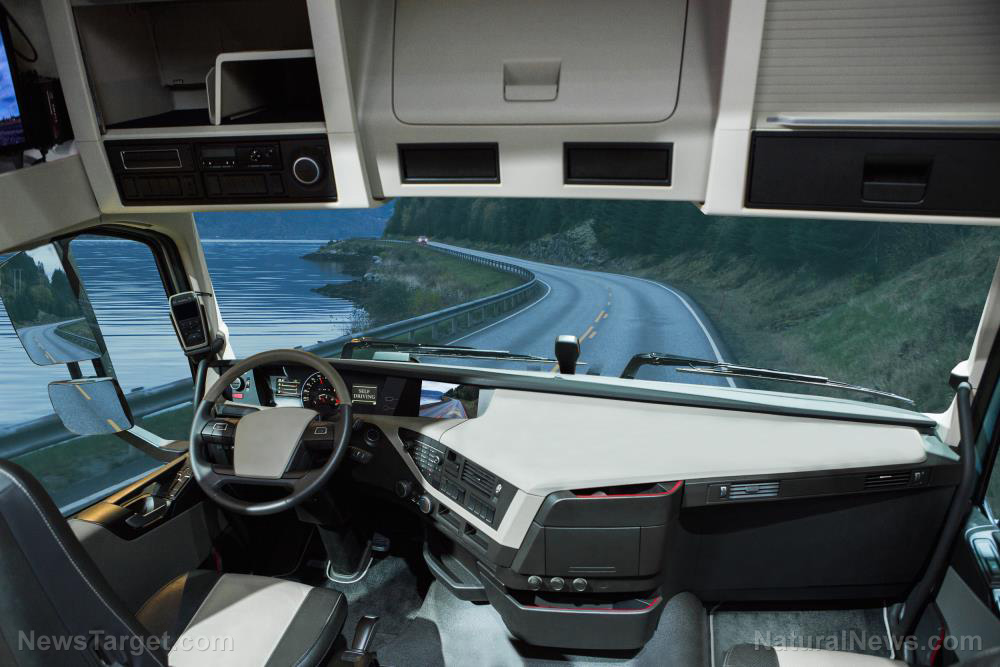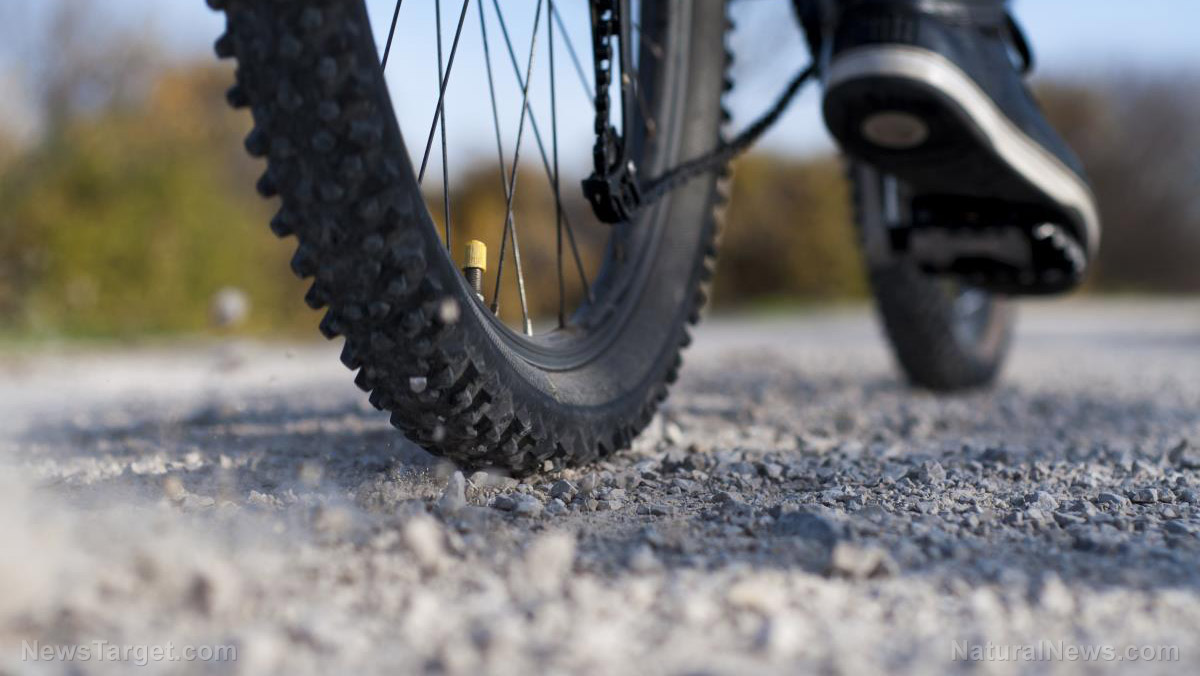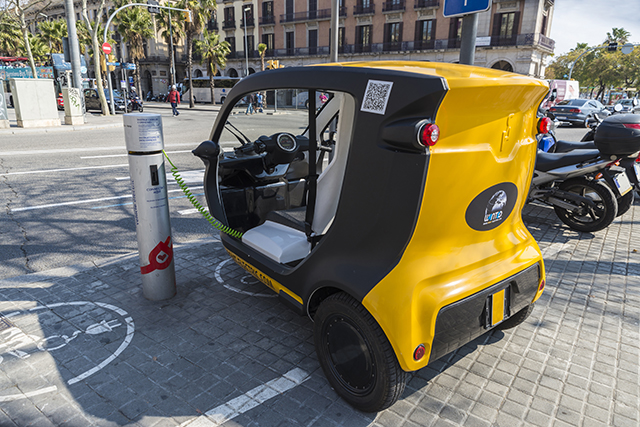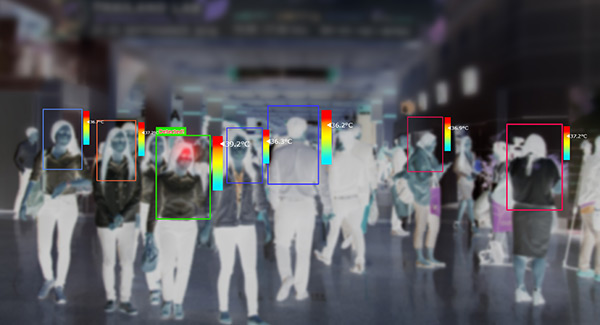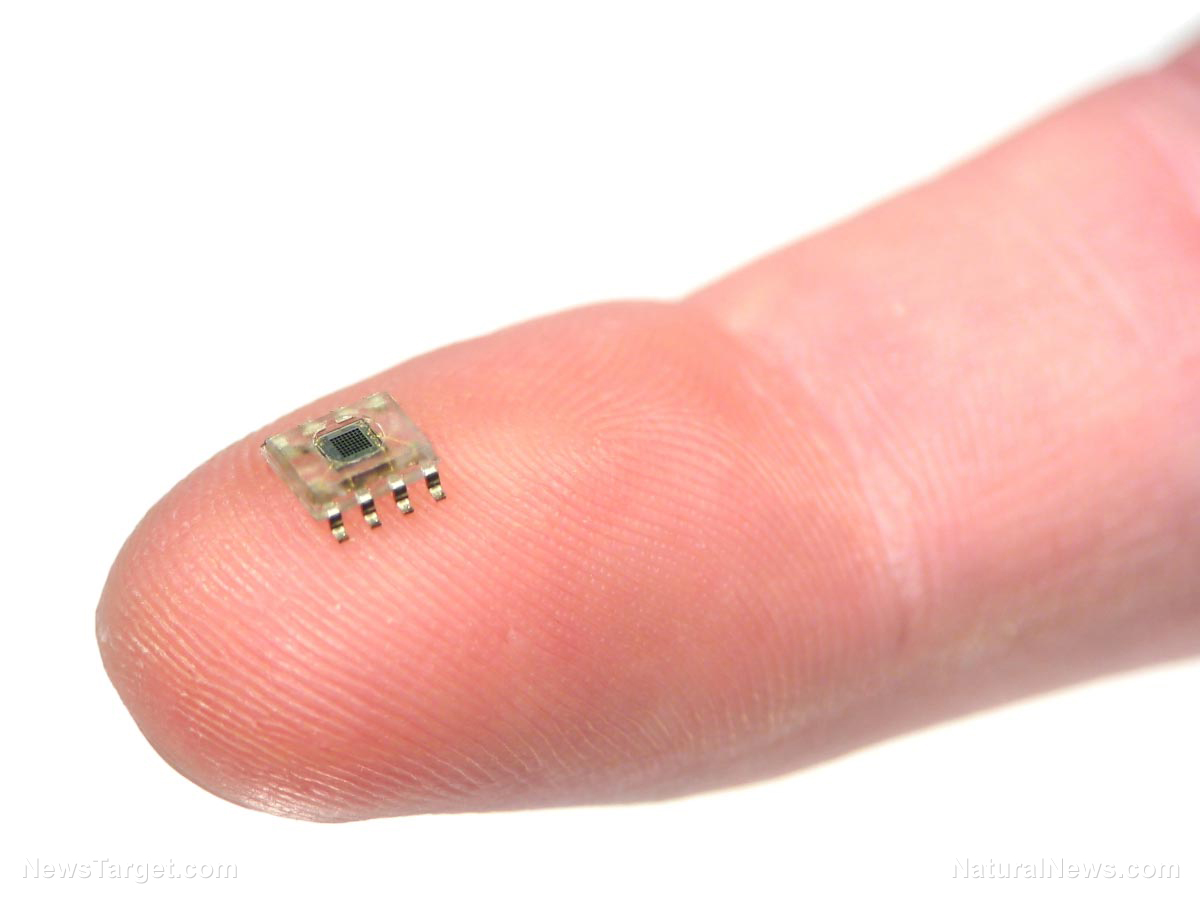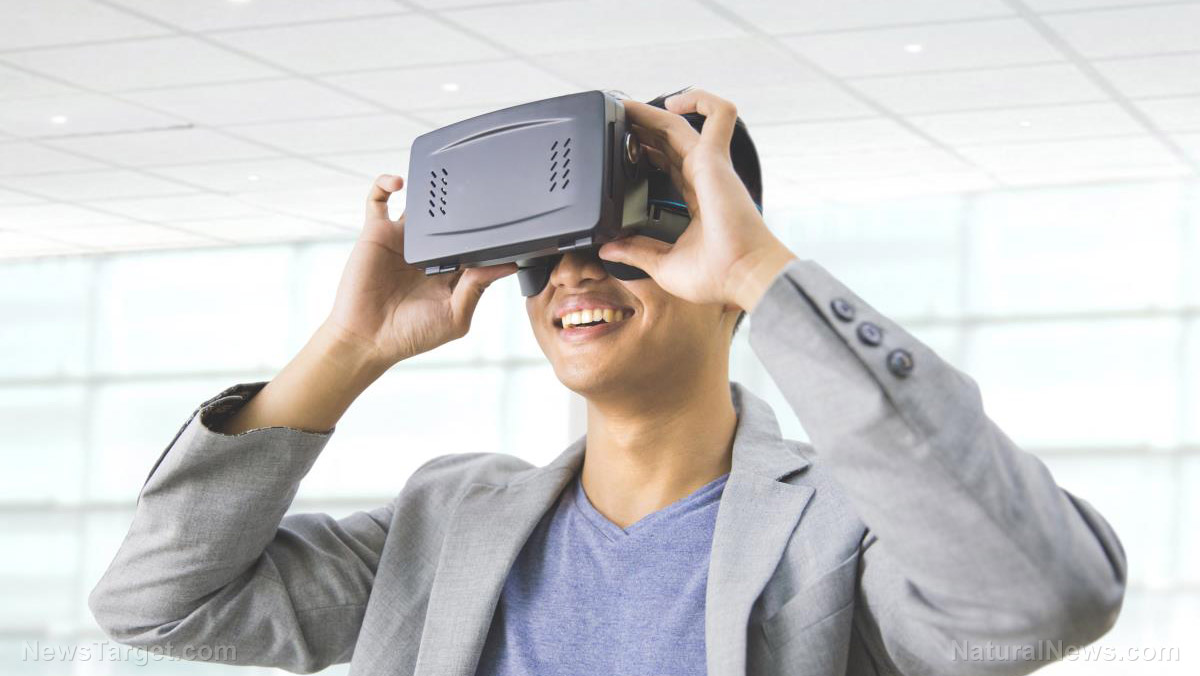China launches top-secret reusable spacecraft
09/09/2020 / By Virgilio Marin
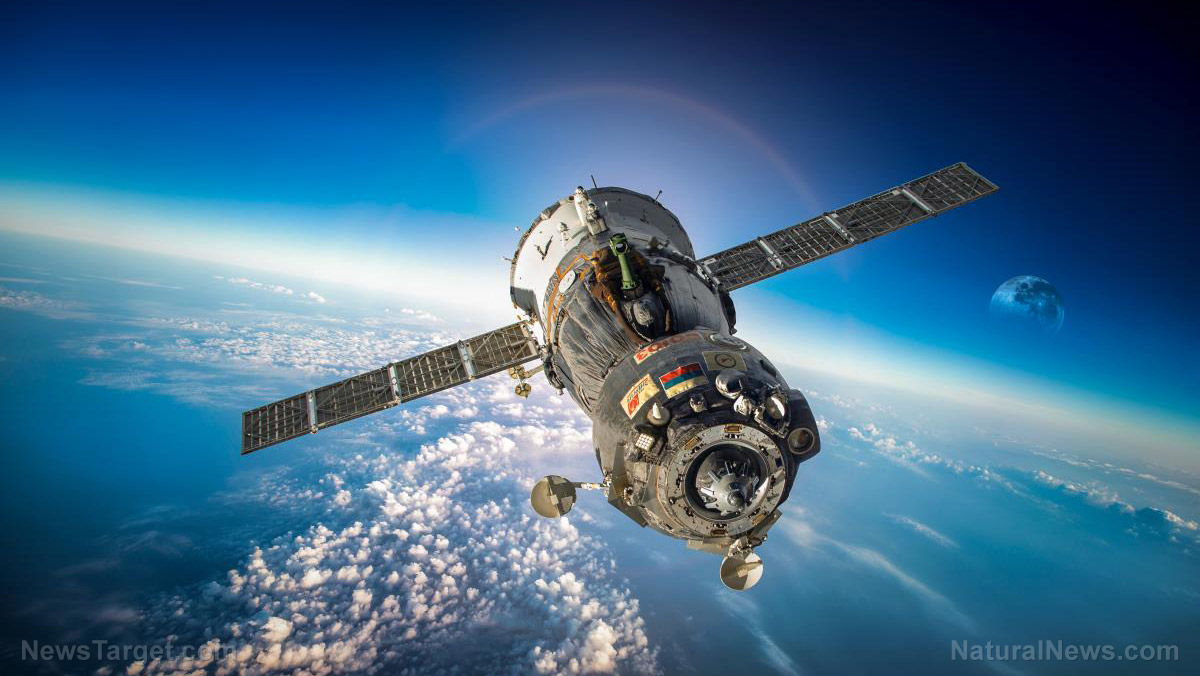
China has launched an experimental reusable spacecraft into orbit on Friday, Sep. 4. Details of the spacecraft, including what it is for, are still under wraps.
A press release from state-owned Xinhua News Agency confirmed the launch. It was conducted through a Long March 2F carrier rocket from the Jiuquan Satellite Launch Center in Gobi Desert.
“After a period of in-orbit operation, the spacecraft will return to the scheduled landing site in China. It will test reusable technologies during its flight, providing technological support for the peaceful use of space,” read the statement.
It is still unclear what the spacecraft looks like or what it will do in orbit. The technologies claimed to be tested are also unknown.
There is also no official announcement prior to the launch. However, on the day before the liftoff, people observed that air traffic restrictions were being tightened around the launch site. One person took to social media and speculated that a “spaceplane” is about to be sent into space.
Now then — this could be something exceptional. The rumours are that inside this exceptional payload fairing atop a CZ-2F is a CASC spaceplane, launching from Jiuquan Friday. Source: 俊了个锅 via 林晓弈。 https://t.co/qs6VRfzQoP https://t.co/OESvzyDyEl pic.twitter.com/ZPnpwAIfyO
— Andrew Jones (@AJ_FI) September 3, 2020
Mysterious Chinese spacecraft may be spaceplane
Many people have speculated on the type of spacecraft launched on Friday. One theory suggests that it is a reusable spaceplane – a winged space vehicle that can be used repeatedly before being replaced.
It was reported that modification work was being done on the launch tower for the Long March 2F in the months leading to the launch. The adjustments made were likely geared for a spacecraft with a wider payload than a standard Long March 2F mission, reckoned experts. A spaceplane appears to fit the bill for such a spacecraft, leading people to think that Friday’s launch is part of the project announced by China in 2017.
This project involves sending a reusable spaceplane to orbit around Earth. It will fly into space like an aircraft, said Chen Hongbo, a researcher from the China Aerospace Science and Technology Corporation (CASC), the country’s main contractor for space-related programs.
The spaceplane can transport people and other types of payload into orbit around Earth and return them home. It also makes outer space more accessible at a lower cost, according to Chen. Commercial space travel is expensive; it costs about $10,000 to get one pound of payload into Earth’s orbit. Spaceplanes could bring that to $1,000 per pound.
Another Chinese state-owned space company, the China Aerospace Science and Industry Corporation (CASIC), is also working on a spaceplane called Tengyun.
“[The] space plane can take off from an ordinary airport to transport spacecraft into the orbit. It will bring about a revolution for the future aerospace transportation,” said CASIC’s Zhang Hongwen. (Related: Solar power 24/7: China plans to build first solar power station in space and beam power to Earth.)
The U.S. Air Force is also working on its own spaceplane called X-37B. It is a reusable spaceplane designed for orbits close to Earth and can last in space for up to two years. There are two X-37B spaceplanes operated by the Air Force, which are both made by aerospace company Boeing.
The Air Force kept the spaceplane in secret for a decade. And while it’s existence is now unveiled to the public, the details of what it does in space are classified. The reason for the secrecy is mostly tactical.
“We have to stop the live broadcast early so we don’t provide adversaries too much data about the flight,” said Tory Bruno, CEO of the space launch company United Launch Alliance.
In May this year, the sixth mission using an X-37B has been launched, carrying several science experiments by the U.S. military and the National Aeronautics and Space Administration.
Space.news has more on secret space missions.
Sources include:
Tagged Under: air force, China, commercial space travel, mysterious, research, secret missions, space experiment, space exploration, Spacecraft, spaceplane
RECENT NEWS & ARTICLES
COPYRIGHT © 2017 FUTURETECH.NEWS
All content posted on this site is protected under Free Speech. FutureTech.news is not responsible for content written by contributing authors. The information on this site is provided for educational and entertainment purposes only. It is not intended as a substitute for professional advice of any kind. FutureTech.news assumes no responsibility for the use or misuse of this material. All trademarks, registered trademarks and service marks mentioned on this site are the property of their respective owners.

